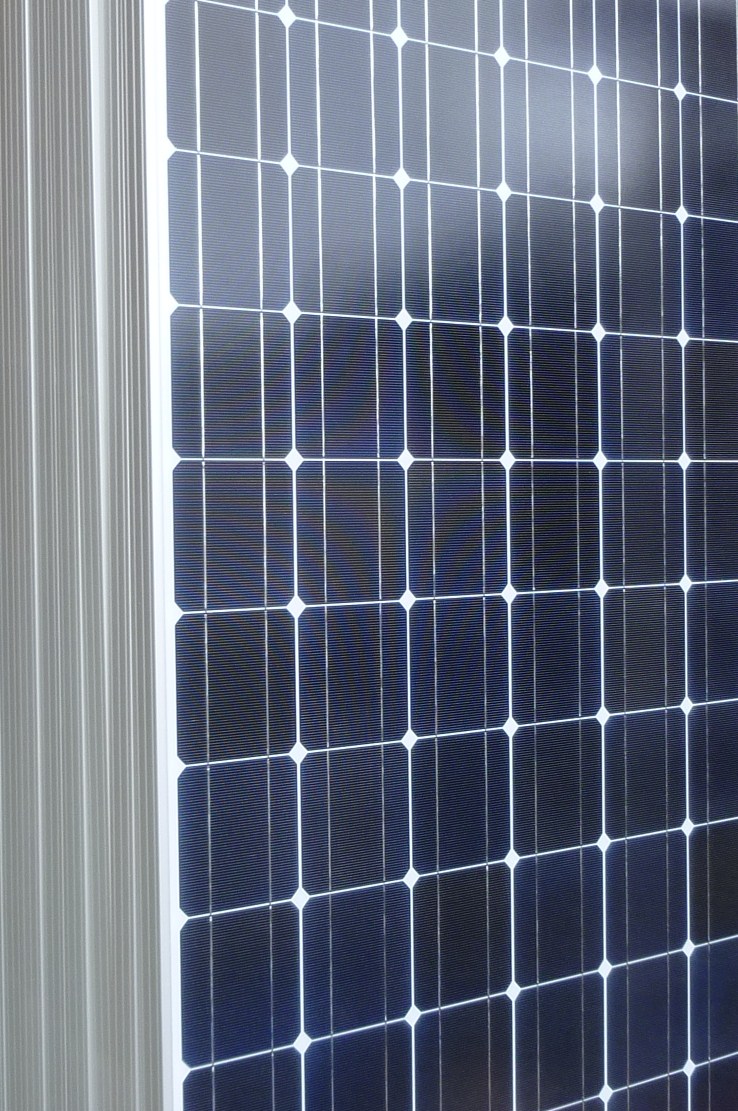
Movies are definitely not the only things that look great in 3D, there is something else that has taken quite positively and effectively to being 3 dimensional. Solar Panels were designed in 3D in 2011 at the Massachusetts Institute of Technology and they are making waves again with new developments that might provide much needed relief to existing energy resources.
MIT Laboratories have been working on an industrial scale battery that will have the ability to store solar heat for unlimited periods.
This development has caused quite a lot of excitement. Not only will this industrial scale battery provide sustainable energy minus the pollution, it will help turn irregular sources of power into more dependable sources by storing energy.
Storing Heat, not Electricity
Energy storage has been the prime objective of recent energy research at MIT. According to Charles Forsberg, Executive Director, MIT Nuclear Fuel Cycle Study, energy storage must be a priority and it must be stored on a massive scale to minimize losses. He suggests storing heat energy instead of electricity and storing this heat energy in larger systems to enable lesser energy losses, making energy storage more efficient.
According to Forsberg, storing excess energy from nuclear and solar plants underground is much more energy efficient and safe than other methods. With the world’s energy needs reaching an all new high, storing excess energy deep underground for later use can result in much more efficient and affordable use in the long term.
Liquid Batteries
Professor of Materials Chemistry, John F. Elliot, and his team of students are set on changing the world of energy by creating a utility scale liquid battery that will be able to save energy from wind, solar, water and heat sources, enabling a storage system that will serve as a solution for many energy needs.
Solar batteries would provide a system that will rely on its own storage power to charge itself. This will be revolutionary since no such battery system exists, and will allow for efficient and affordable energy.
The Future of Solar Energy Looks Bright
Earlier this year, Marco Bernardi, a graduate of the MIT Department of Materials Science and Engineering commented on the improvement of the solar panels design and the resulting efficiency.
Bernardi said that the change has resulted in a more steady output, making solar energy more reliable and more collectable. Simply put, the 3-D vertical surfaces are able to collect almost 20 per cent more energy and work even on cloudy days and in colder, less sunny areas.
With 3D solar panels providing energy more consistently and efficiently, solar will become more common. With energy storage research reaching new heights, solar power is definitely going to make its way into more homes but the question is: when? Perhaps after industrial use becomes more common, because this will allow for greater affordability and availability.
With the present sources of energy on a fast decline, many countries are seeking energy solutions. There is no doubt that there will be many industries willing to help fund the on-going research, and with constant updates and innovation, solar energy will soon be available for the masses to use.
The main objective now should be to overcome the challenges facing the industrial use of solar power so it can be made available to the average householder at an affordable cost.
Frank Warburton has been part of the domestic solar panels business for many years and believes in the importance of sustainability. He currently works for Spectrum Energy Systems.




